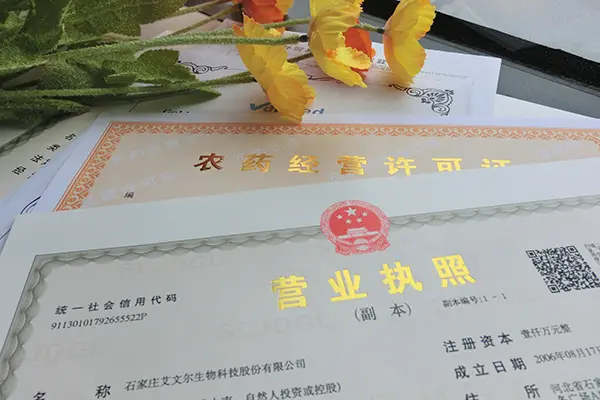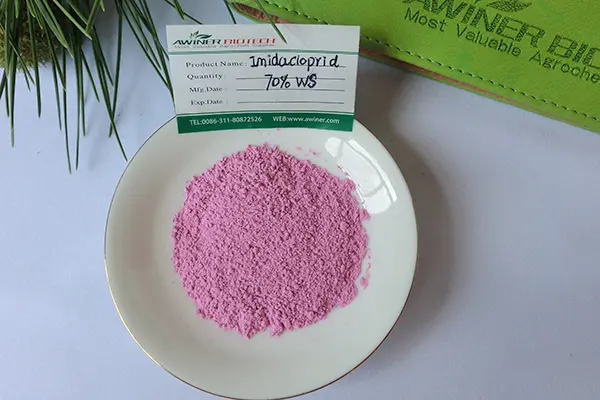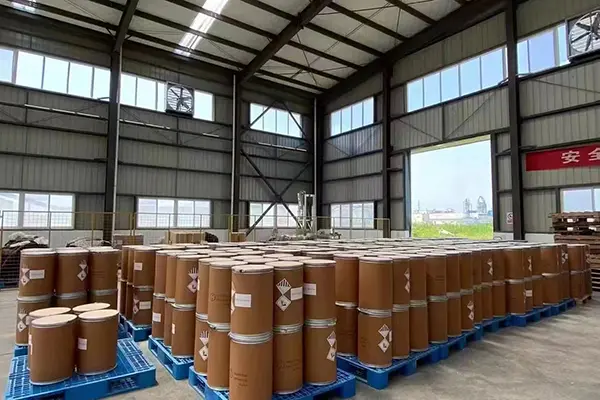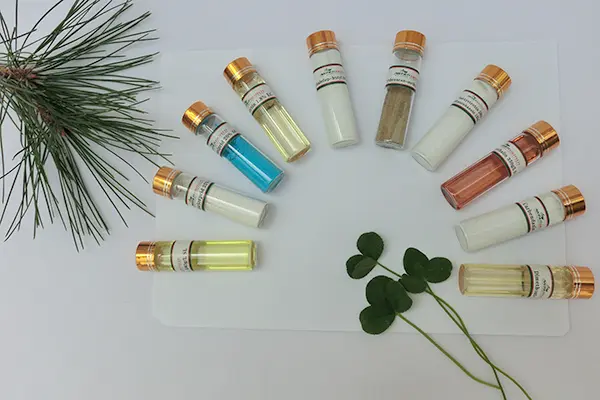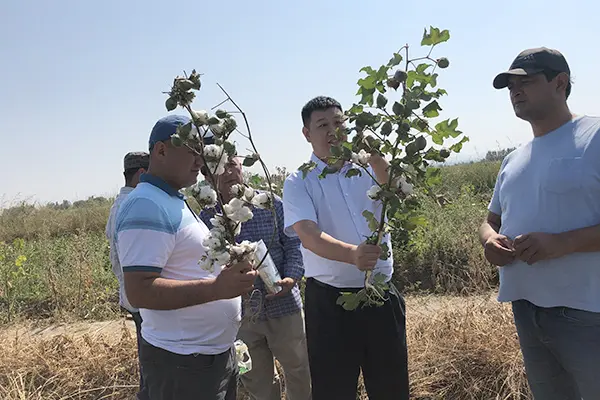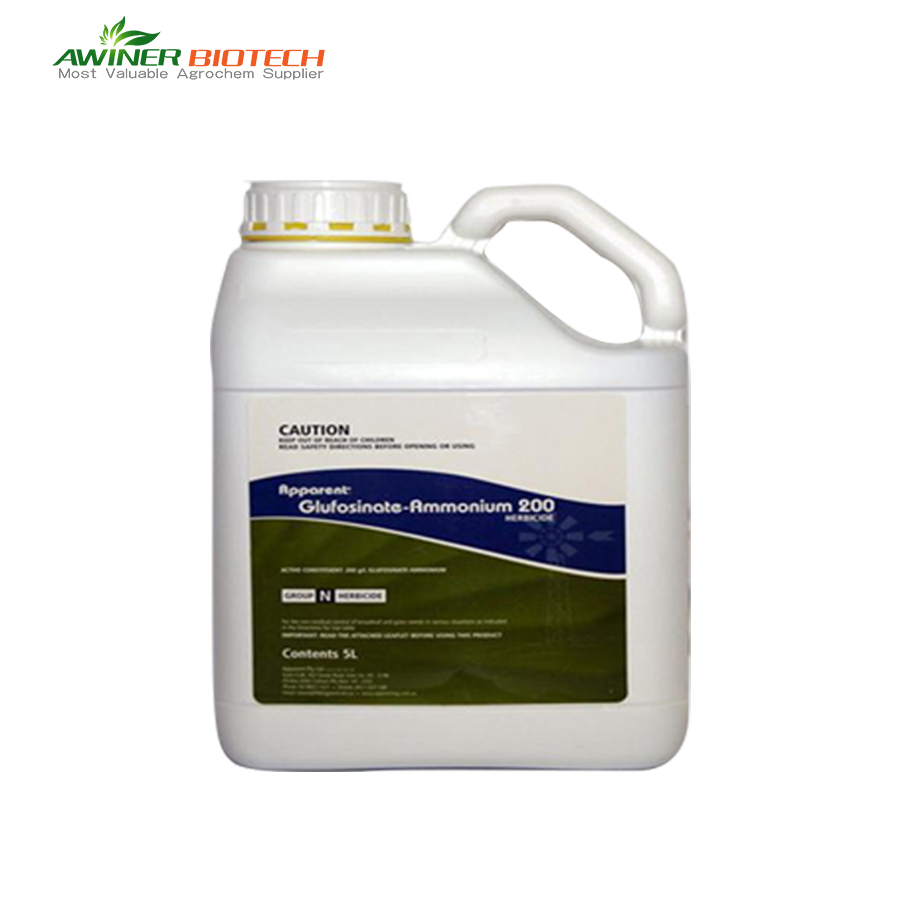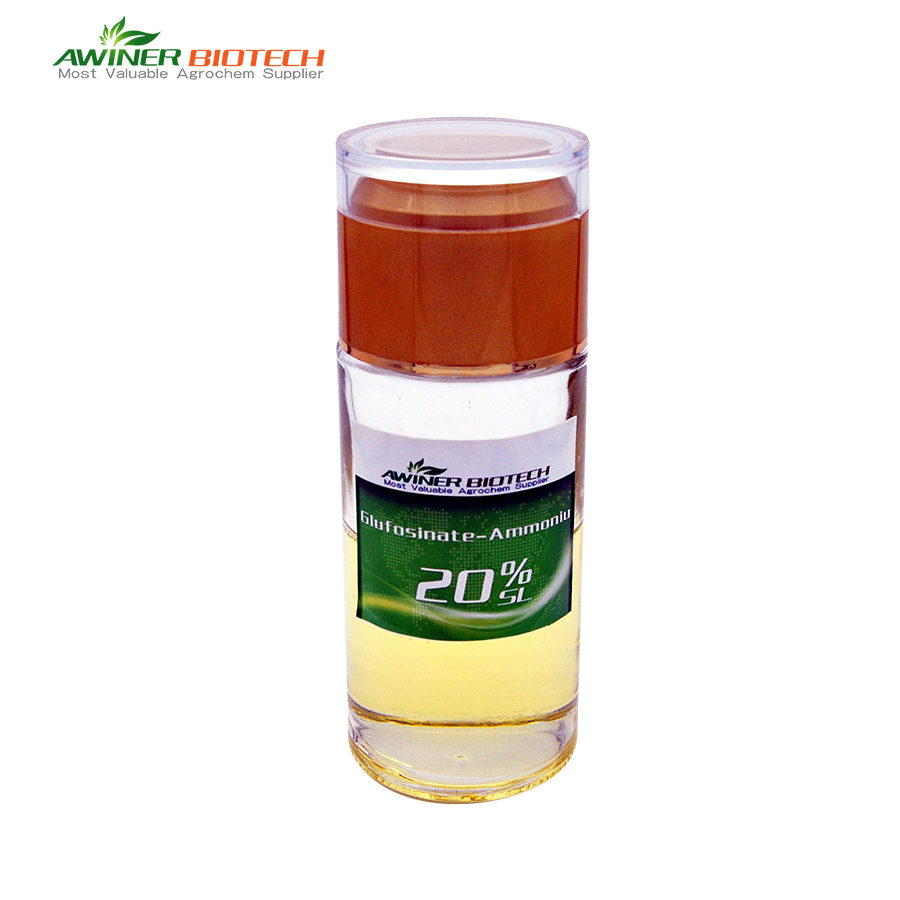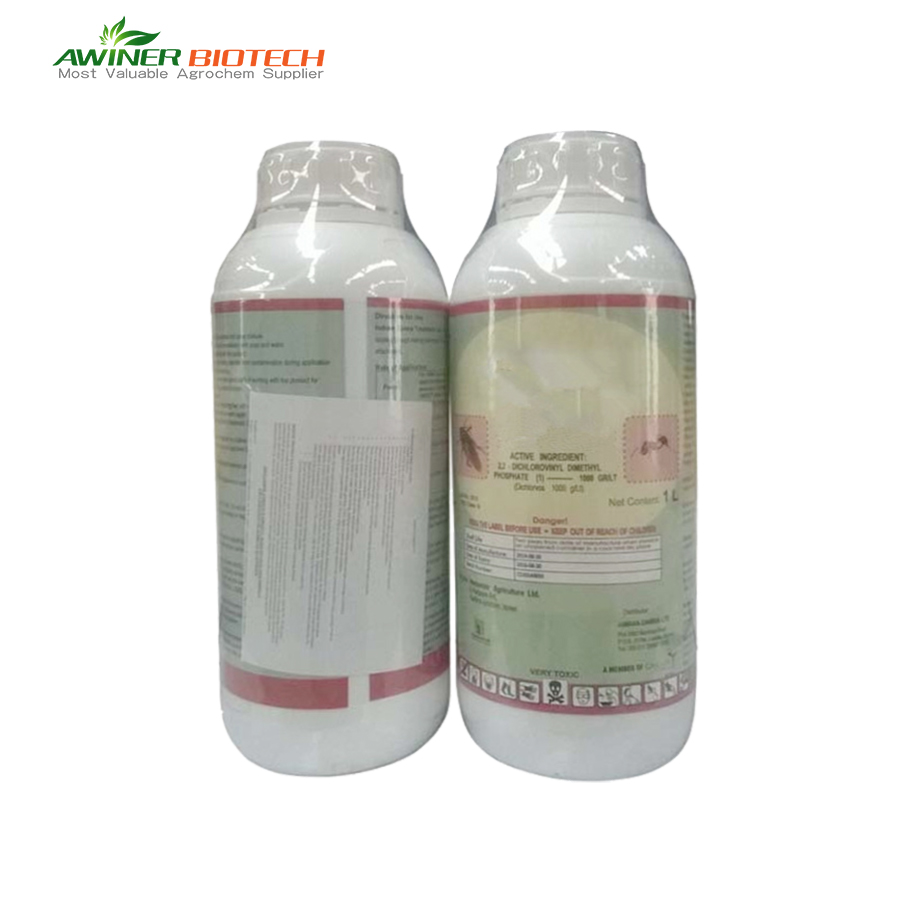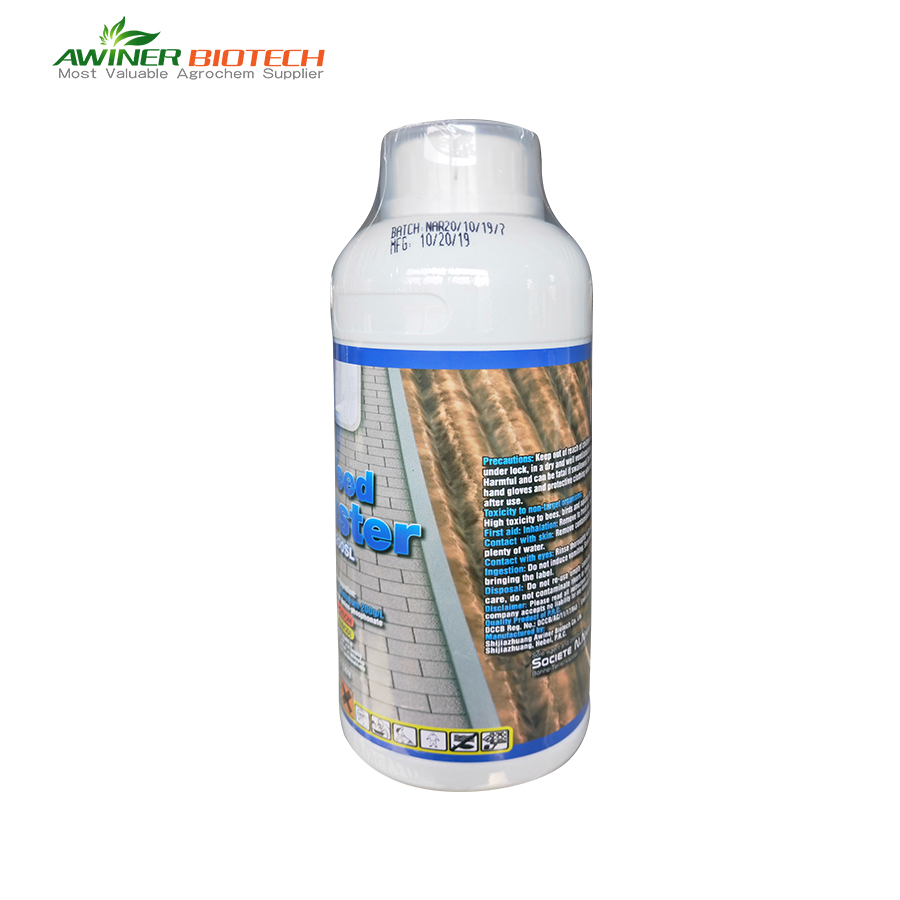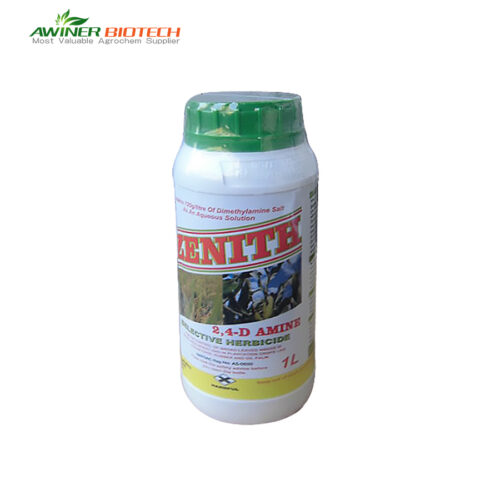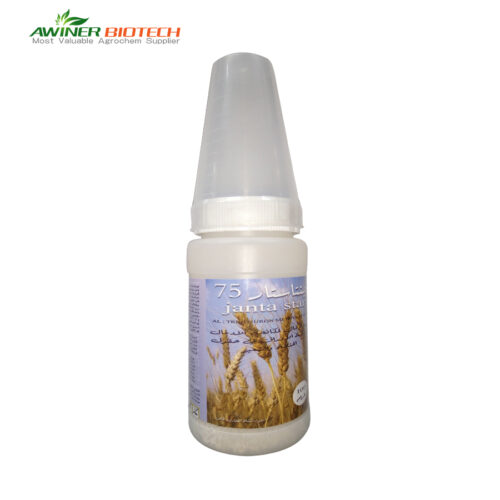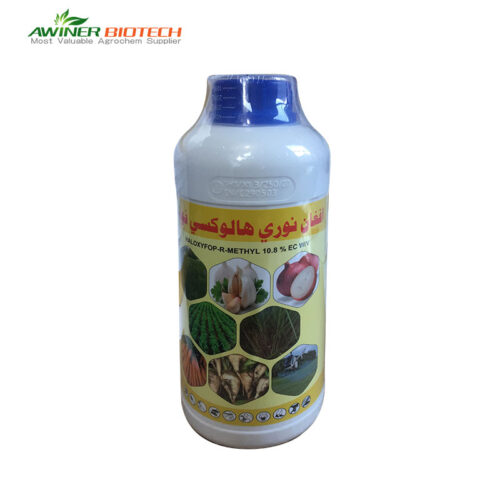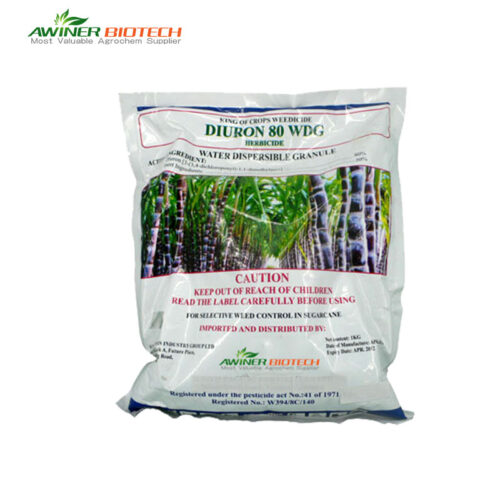Glufosinate ammonium |
|
| Dosage form | 20%SL;18% AS |
| Packing | Liquid:50ml、100ml、250ml、500ml、1L、5L、10L、20L Solid:10g、50g、100g、250g、500g、1kg、5kg、10kg、25kg |
| Formulation+Label | Customized |
| Sample | Yes |
| Weeds | Non-cultivated land – Annual weeds |
| Certification | SGS、 ISO 、BV |
| Delivery time | 20-30 days |
| Mixture products | |
| Payment terms |  |
Glufosinate Ammonium is a powerful herbicide known for its efficiency in controlling a wide range of weeds and grasses. By disrupting essential metabolic processes within plants, it ensures rapid desiccation and death of unwanted vegetation. Suitable for both pre-emergence and post-emergence applications, this herbicide is widely used in crop protection and non-crop areas to maintain weed-free conditions and promote optimal plant health.
Glufosinate Ammonium Herbicide
Glufosinate Ammonium is a broad-spectrum, non-selective herbicide designed for effective weed and grass control. It works by inhibiting the enzyme glutamine synthetase, leading to the accumulation of toxic levels of ammonia within the plant cells, which ultimately results in plant death. Ideal for use in agricultural and non-crop settings, Glufosinate Ammonium provides reliable and fast-acting vegetation management, ensuring healthier crop growth and cleaner environments.
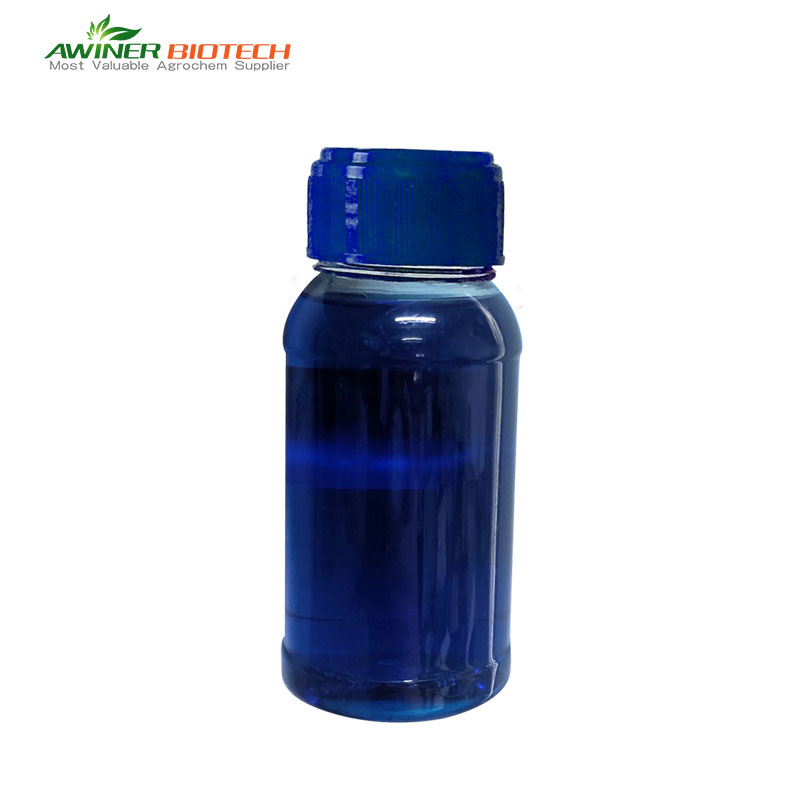 |
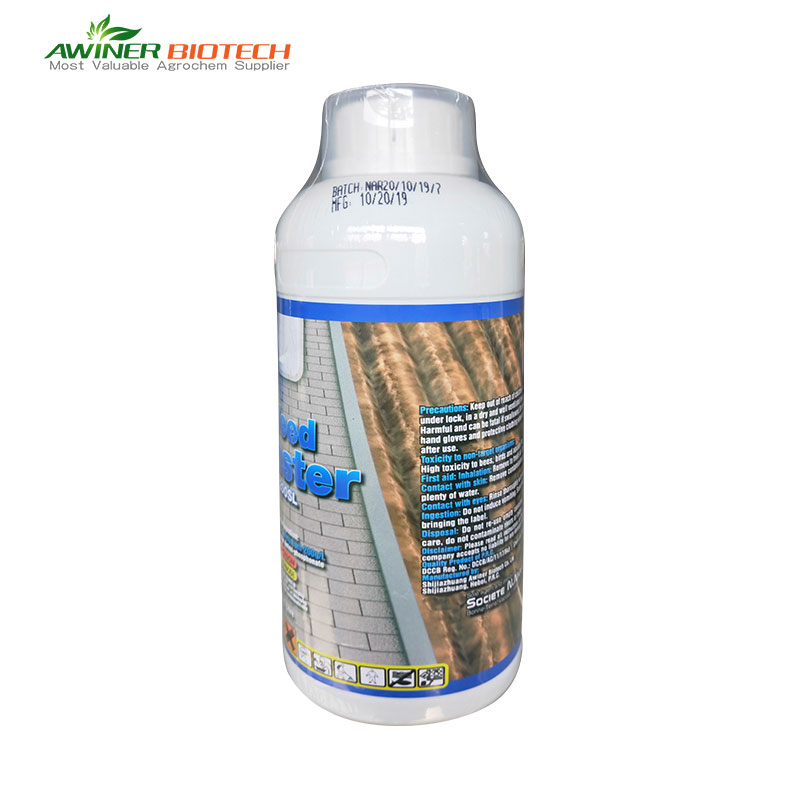 |
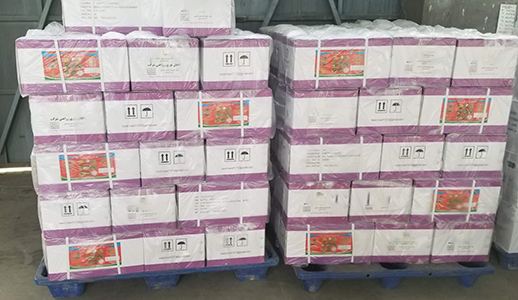 |
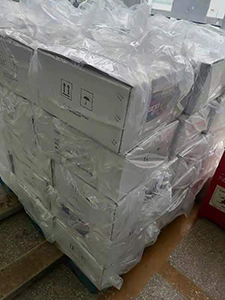 |
Glufosinate Ammonium Is Not the Same as Glyphosate
Glufosinate ammonium and glyphosate are two different herbicides with distinct chemical structures and modes of action.
Glyphosate: A systemic herbicide that is absorbed by plant leaves and translocated throughout the plant. It inhibits a specific enzyme pathway (the shikimic acid pathway) that is not present in animals, making it effective against a wide range of weeds, particularly annual and perennial broadleaf plants and grasses.
Glufosinate Ammonium: A contact herbicide that acts by inhibiting the enzyme glutamine synthetase. This disruption leads to the accumulation of ammonia in plant tissues, causing cell death. Glufosinate is effective against a variety of annual and perennial weeds but works primarily on contact rather than being systemic.
Both herbicides are widely used in agriculture, but they have different applications, safety profiles, and regulatory considerations.
<About Awiner Biotech>
